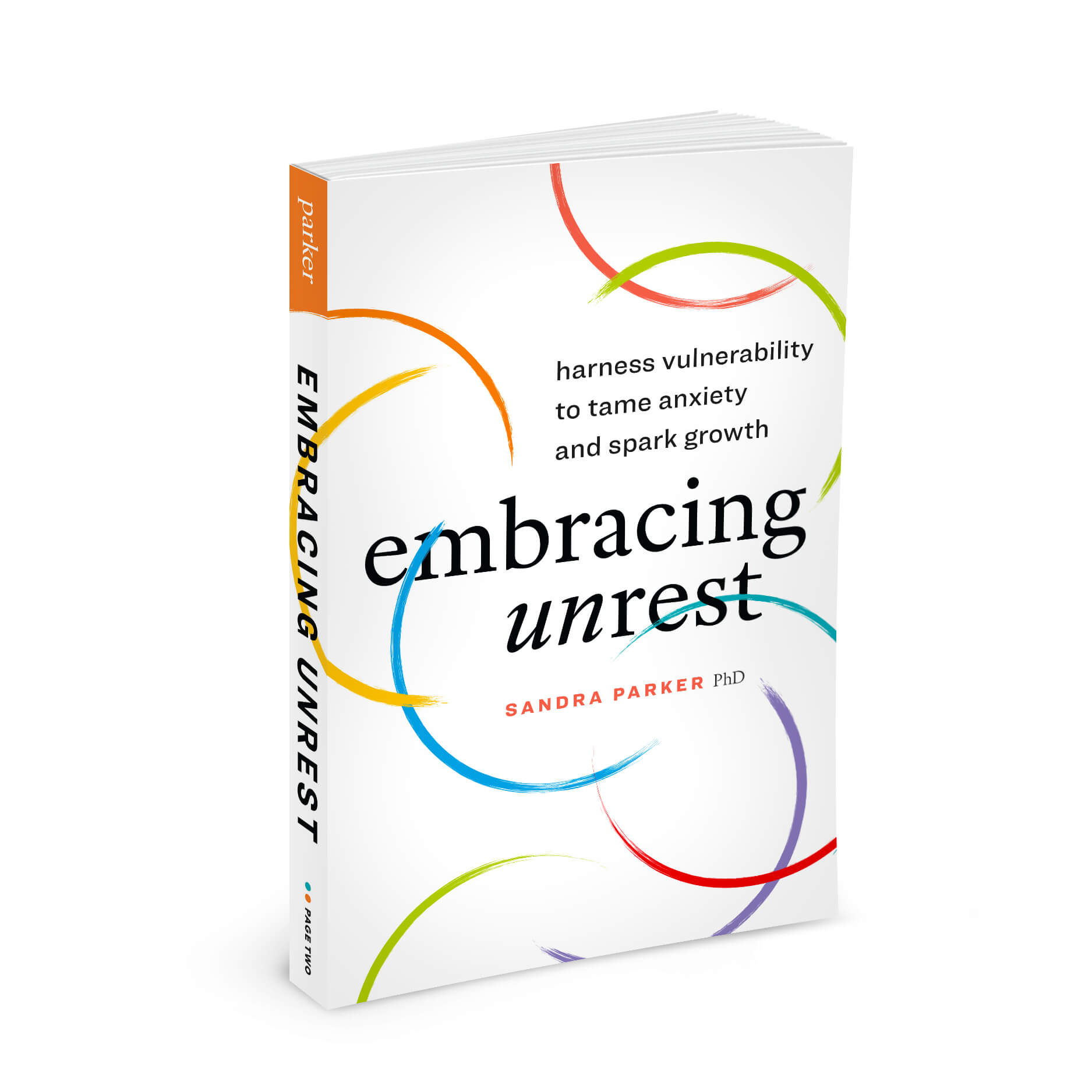There is a bodily sequence designed to move you to resilience: protest, acceptance, stillness, and hope. Recognizing and taking care of the feeling of vulnerability is how you get there.
Resilience is the holy grail of mental health. It’s the feeling of “I can”. It helps you bounce back from life’s inevitable setbacks. But what if resilience emerges from the experience of “I can’t’?
What?? “I can” emerges from “I can’t”? What kind of voodoo is that?
Embrace vulnerability to become resilient
Vulnerability is the truth of your limits to control over things. Every time you’re brave enough to long for something and strive for it, you bump up against limits to control. Even with your best effort, talent and intelligence there are other forces that play a part in making your dreams come true.
You want things: to land that great job, meet the partner of your dreams, stop your mom from worrying about you, lose twelve pounds by next Tuesday’s photo shoot, have an end to poverty and war, and get your cat to quit peeing on your potted fern. And. You. Can’t. Not without a whole bunch of other things also collaborating with you, things you don’t directly control.
This is the vulnerable experience of “I can’t”. It feels like anxiety, but it’s simply unrest. Unrest is your body’s signal that you’re vulnerable. It lets you know you’re on the cusp of an experience that (if you can stick around and soothe your body) could grow you.
When you deny your limits (“Can’t?? That’s ridiculous! Of course I can!!”), you get distracted by clever defenses like hyper-control: “I just need to ‘make’ my mother chill out, and my body drop the weight, and my cat obey me”, or self blame: “I should have been able to make my mother chill out and my body drop the weight and my cat obey me, and since I haven’t I’m a failure.”
But. Denying reality doesn’t change reality: you are vulnerable. And when you are faced with that truth your body braces and gears up with adrenaline, and it doesn’t feel good. This is your moment to grow resilience.
The magic of the body: Five steps to resilience
Even though you’re tempted to avoid the discomfort, the first step is to lean in and really feel unrest with slow, careful precision until your anxious body settles, even just a bit. Then you can open to the bodily sequence designed to move you to resilience: protest, acceptance, stillness, and renewed hope.
The second step is protest which feels like anger: heat in your chest, pushing away with your arms and clenched fists. Feel that fully until the wave ebbs and melts into surrender. Surrender is the third step that feels like sadness: heaviness in the chest, downcast eyes and mouth. Feel this wave fully. Step four is when you reach a still point. Rest there in the stillness and your hands will want to turn upward slightly, as if to say, “it’s in bigger hands than mine.” Step five is hope as energy begins to gather. Little swirling tendrils at first, then energy circles stronger like a column up your spine. Resilience rises and you’re ready to lean into life again.
Having accepted what you can’t do, you embrace what you can. That is resilience.
Sometimes you can do a great deal to tilt the odds in your favour. And sometimes the best you can do is not judge or reject yourself in your human limitations, or perhaps ask for help, or re-orient to a new goal.
Resilience: coming to terms
Your intelligent body has a way to help you come to terms. You are built to adapt, and your body will take you there if you stay with the feelings, starting with the unrest of vulnerability. There is a bigger you about to emerge. Powerful and resilient.







